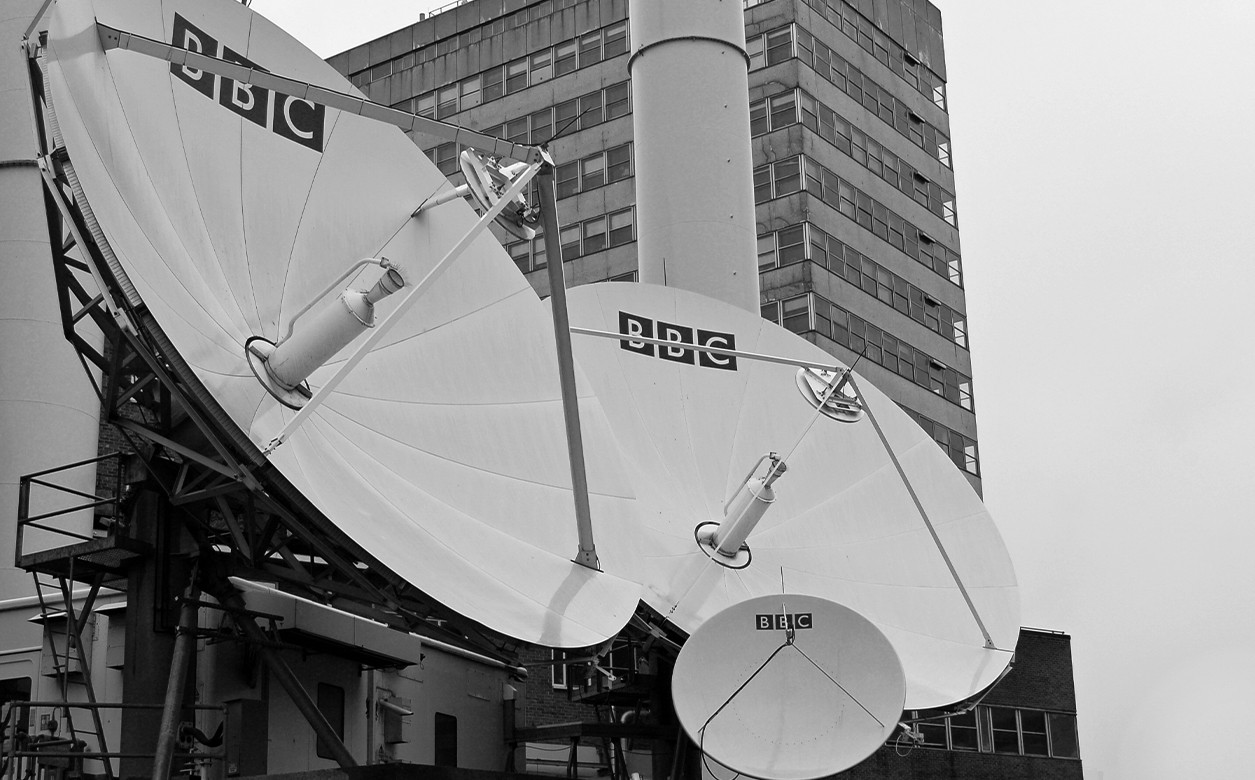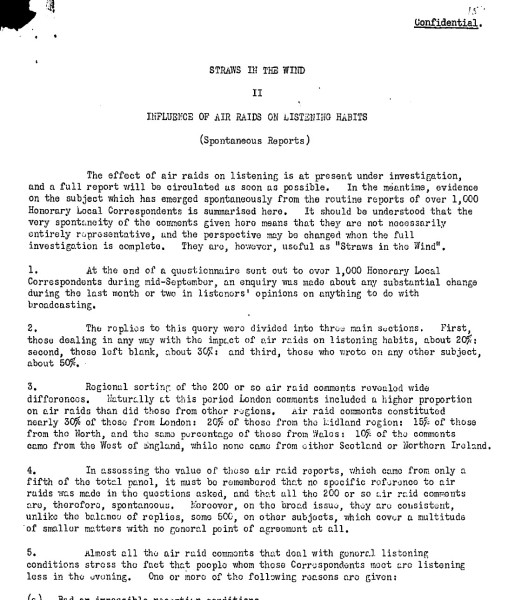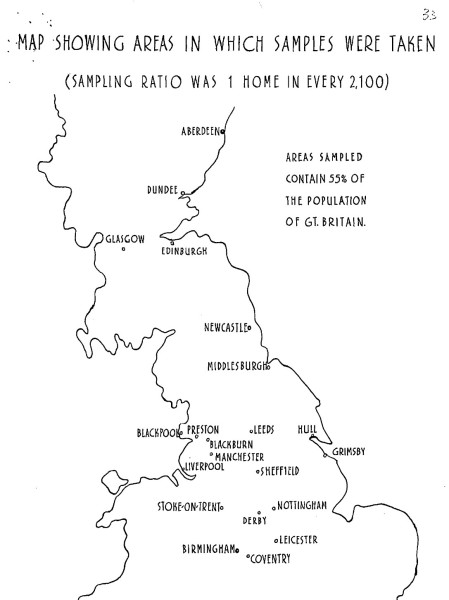
BBC Listener Research Department Reports, 1937–c.1950

Audience Research Reports from the BBC, 1937–c.1950
The Listener Research Department 1937–1950 collection offers a comprehensive picture of audience research in the era before television was a mass medium.Aberystwyth University.
Access the full collection
Access the full archive of BBC Listener Research Department Reports, 1937–c.1950.
Institutional Free Trial
Start your free trialRegister for a free 30-day trial of BBC Listener Research Department Reports, 1937–c.1950, for your institution.
Institutional Sales
Visit Sales PagesellFor more information on institutional access, visit our sales page.
Single User License
Purchase a license below to view the full collection.
Already have a license? Sign in.
Learn about the BBC's efforts to develop a coherent market research programme

This collection contains Audience Research Reports compiled by the British Broadcasting Corporation’s (BBC) Listener Research Department (LRD) between 1937 and 1950. The reports analyse wireless listening habits on both a national and regional level, representing the BBC’s earliest foray into market research. The reports provided policy executives and programme makers with an insight into the views, tastes, and listening habits of the British public. This allowed the BBC to track the popularity of their broadcasts and to create programmes in response to the changing tastes of listeners.
Of particular interest are the reports covering the LRD’s wartime audience research. These demonstrate how the BBC became an invaluable source of information and point of influence for the government. This collection therefore provides a unique insight into the cultural preferences of the British public during the mid-twentieth century and the history of broadcasting in the UK.
Contents
BBC Listener Research Department Reports, 1937–c.1950...
Audience Research Reports from the BBC, 1937–c.1950
Discover
Highlights

Licensed to access Box 7 (1951 Sep–1952 Jun)
The Listening Barometers included in this document give the estimated percentage of the adult population listening to each programme. Further detail is provided with percentages given per region. Details are given for Christmas Day in 1951, with 58% of the population listening to the King’s Christmas message.

Licensed to access Vol. 14 (1953 Jan–Jun)
These bulletins summarise audience reaction figures, together with a weekly commentary. They were designed to summarise the quantitative audience figures (ratings) and qualitative audience reactions. This document also contains audience reaction to television programmes.
Insights
In 1936 the BBC began systematic research into its own audience, establishing a Listener Research Section in the Home Intelligence Department of its Public Relations Division.
Despite first airing in 1922, it wasn't until 14 years later that the BBC began systematic research into its own audience. Prior to this there was much internal debate over the benefits of market research. BBC's Director General, Sir John Reith, believed that market research on radio audiences threatened to drive broadcasters into the pursuit of ratings at the expense of quality and diversity. However, the BBC's refusal to engage formally with listeners contributed to its growing reputation as aloof and out of touch.
These reports focus on radio audience figures for each week and other measures of how many people tuned into the BBC’s programmes. Some reports also include statistics and analysis on the reception of television programmes.
The BBC Listening Barometer was used to compare listener data for each of the BBC's most popular programmes against each other. They gave the estimated percentage of the adult population listening to each programme. Further detail was provided with percentages given per region.
Unlock Historical Research for Your Institution
Provide your students and researchers with direct access to unique primary sources.
Related Media






